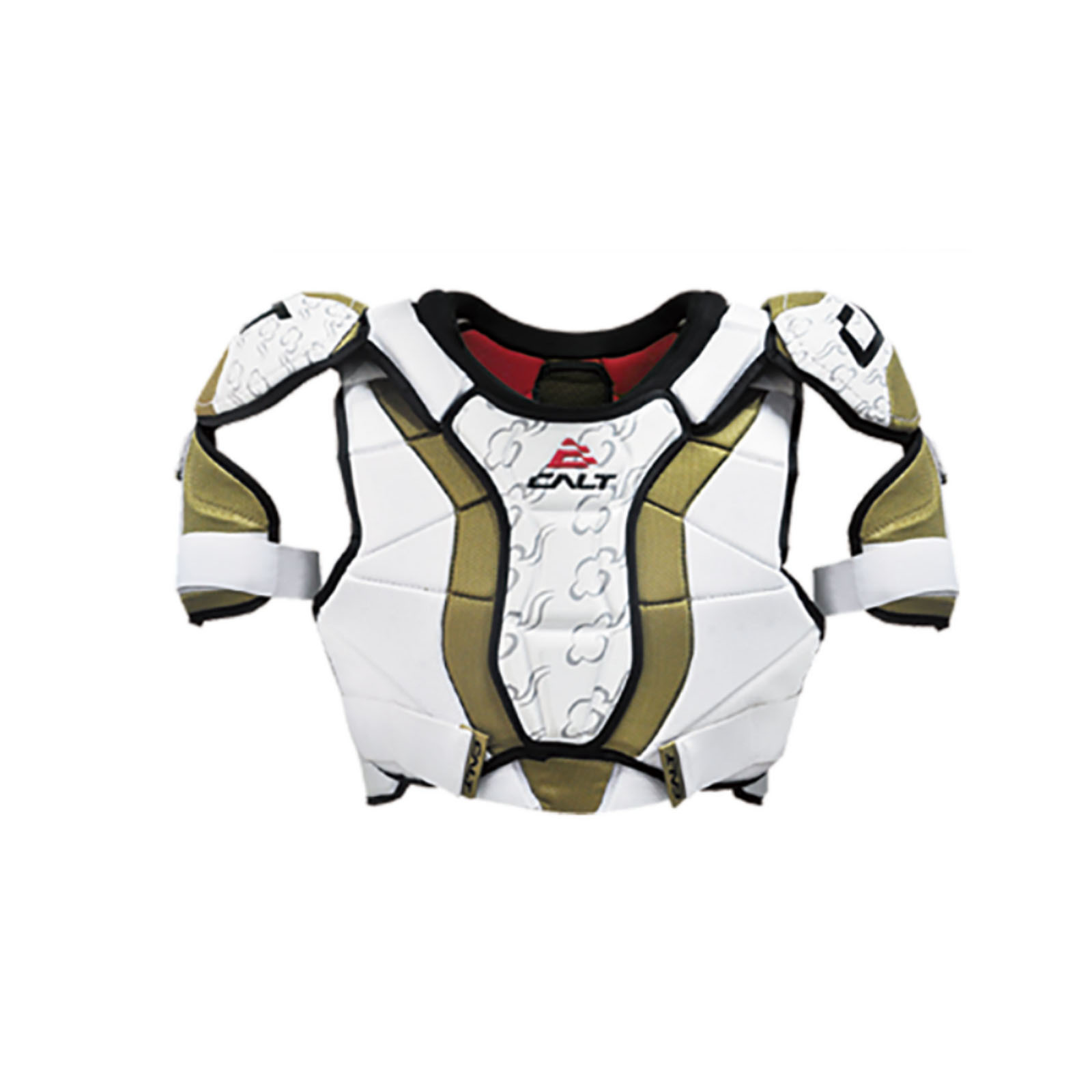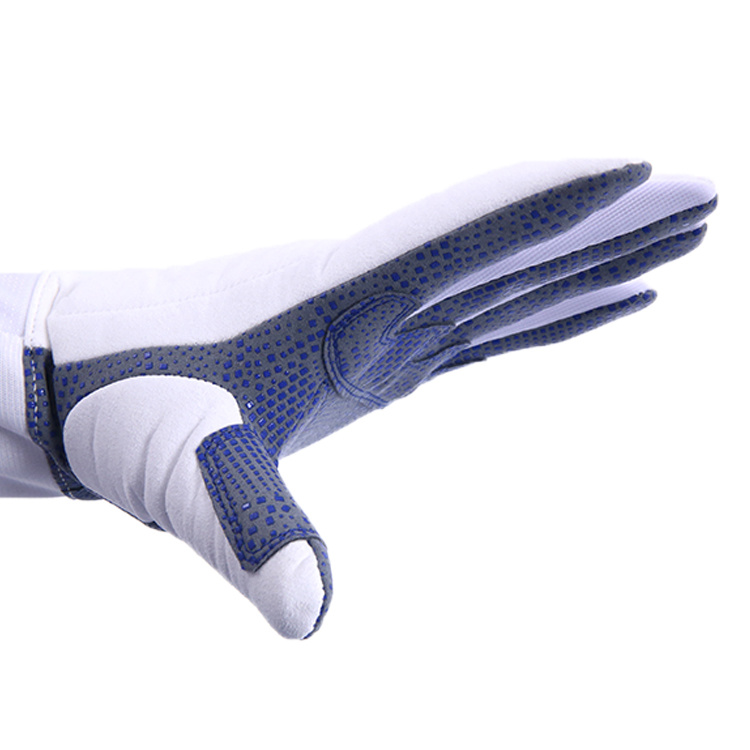Exploring the Latest Innovations in Protective Gears for Sports: A Comprehensive Guide
Release Time:
Nov 05,2025
Exploring the Latest Innovations in Protective Gears for Sports The realm of sports has always been dynamic, with athletes constantly pushing the limits of performance. However, as the stakes get higher, so does the need for safety. One way to ensure this is through the use of advanced protective gear. This article explores the latest innovations in protective gear for sports, highlighting the tec

Exploring the Latest Innovations in Protective Gears for Sports
The realm of sports has always been dynamic, with athletes constantly pushing the limits of performance. However, as the stakes get higher, so does the need for safety. One way to ensure this is through the use of advanced protective gear. This article explores the latest innovations in protective gear for sports, highlighting the technologies and design philosophies that are making waves in the industry. Our aim is to provide an extensive overview that not only educates but also empowers athletes to make informed decisions about their safety.
Table of Contents
- Introduction to Protective Gears in Sports
- The Importance of Protective Gear in Sports
- Latest Innovations in Protective Gears
- Smart Technology in Protective Gear
- Advanced Materials Used in Protective Equipment
- Biomechanics and Ergonomics in Design
- Impact of Innovations on Athletes
- Types of Protective Gears Available
- Buying Guide for Protective Gear
- The Future of Protective Gears in Sports
- Frequently Asked Questions
- Conclusion
Introduction to Protective Gears in Sports
Protective gear serves as the first line of defense for athletes across various sports, enabling them to perform at their best while minimizing the risk of injuries. From football helmets to knee pads in basketball, the array of protective equipment has expanded significantly, integrating technology and innovative materials to enhance safety. Understanding the evolution of this gear is crucial for athletes, coaches, and sports enthusiasts alike.
The Importance of Protective Gear in Sports
In the competitive world of sports, the importance of protective gear cannot be overstated. Injuries can sideline athletes for weeks or even months, affecting their performance and career longevity. Here are some key reasons why protective gear is essential:
Injury Prevention
Protective gear is designed to absorb impact and distribute force, significantly reducing the likelihood of injuries. Whether it's a golf shoulder brace or a hockey helmet, these tools provide an essential layer of defense against accidents that can lead to serious harm.
Enhanced Performance
Modern protective gear not only focuses on safety but also aims to boost performance. Lightweight materials and ergonomic designs allow for greater mobility, enabling athletes to perform at their peak without feeling encumbered by heavy equipment.
Psychological Confidence
Wearing proper protective gear instills a sense of confidence in athletes. Knowing that they are adequately protected allows them to focus entirely on their performance rather than worrying about potential injuries.
Latest Innovations in Protective Gears
The field of protective gear is undergoing rapid changes, thanks to advancements in technology, materials, and design methodologies. Here are some of the latest innovations that are making headlines:
Smart Technology in Protective Gear
Smart technology is revolutionizing how athletes approach safety and performance. Here are some key innovations:
Wearable Sensors
Many modern protective gears now come equipped with sensors that monitor an athlete's movements and detect impacts. These sensors can provide real-time feedback to the athlete and coaching staff, allowing for immediate adjustments in technique or training regimens.
Data Analytics
Integrating data analytics into protective gear helps in understanding the mechanics of injuries better. By analyzing data collected from sensors, manufacturers can refine their designs to enhance safety features continually.
Advanced Materials Used in Protective Equipment
Innovations in materials science have led to the development of lightweight, durable materials that significantly enhance the effectiveness of protective gear:
Kevlar and Carbon Fiber
Materials like Kevlar and carbon fiber are now commonly used in protective equipment because of their strength-to-weight ratio. These materials allow for the production of lighter gear without compromising on protection, which is particularly essential in high-impact sports.
Smart Fabrics
Smart fabrics that can regulate temperature and moisture are increasingly prevalent in protective gear. These fabrics can not only keep athletes comfortable but also help in injury prevention by maintaining optimal body temperatures.
Biomechanics and Ergonomics in Design
As our understanding of biomechanics improves, so does the design of protective gear:
Customized Fit
Modern protective gear is often designed to offer a customized fit, ensuring that it molds to the athlete's body. This personalized approach enhances comfort and effectiveness, allowing athletes to perform unencumbered.
Shock Absorption Technologies
Innovative shock absorption technologies are now integrated into helmets and pads, effectively reducing the force transmitted during impacts. These technologies can significantly lower the risk of concussions and other injuries.
Impact of Innovations on Athletes
The innovations in protective gear are not just technological marvels; they also have significant implications for athletes:
Increased Participation
With enhanced safety measures, more individuals are encouraged to participate in sports. Parents are more likely to support their children in playing contact sports when they know that high-quality protective gear is available.
Improved Recovery
Advanced protective gear can facilitate quicker recovery times from injuries. Technologies that reduce impact forces allow athletes to return to their favorite sports sooner and with greater confidence.
Types of Protective Gears Available
As protective gear evolves, so does the variety available to athletes. Here are some common types:
Helmets
Helmets are crucial for protecting the head during contact sports. Innovations include:
- MIPS Technology: Multi-directional Impact Protection System helps reduce rotational forces during impacts.
- Cooling Systems: Airflow designs help keep athletes cool during play.
Pads and Guards
Pads and guards protect vital areas of the body. Recent innovations include:
- Impact-Absorbing Materials: Used in knee and elbow pads for better shock absorption.
- Flexible Designs: Allow for full range of motion while providing essential protection.
Protective Footwear
Footwear innovations include:
- Shock-Absorbing Soles: Reduce impact forces on joints.
- Increased Ankle Support: Advanced designs help prevent ankle sprains.
Buying Guide for Protective Gear
When selecting protective gear, there are several factors to consider:
Fit and Comfort
The fit of the gear is crucial. It should be snug but not restrictive, allowing for full range of motion while providing adequate protection.
Material Quality
Opt for high-quality materials that offer durability and breathability. Always check for certifications that ensure the gear meets safety standards.
Performance Features
Look for features that enhance performance, such as moisture-wicking fabrics, shock-absorbing technologies, and customizable options.
Budget
While investing in quality protective gear is essential, it’s important to find a balance between price and quality. Consider the cost of replacing gear over time versus the potential costs of injuries.
The Future of Protective Gears in Sports
The future of protective gear looks promising, with continued advancements in technology and design. Here are some anticipated trends:
Increased Use of AI
Artificial intelligence is expected to play a significant role in developing customized protective gear based on individual performance metrics and injury histories.
Sustainability
As awareness of environmental issues grows, more manufacturers are likely to focus on using sustainable materials and processes in the production of protective gear.
Frequently Asked Questions
What should I look for when buying protective gear?
Look for comfort, fit, quality of materials, and features that enhance performance. Ensure that the gear meets safety standards.
Is expensive protective gear always better?
Not necessarily. While high-end gear often incorporates advanced technologies, it's important to find a balance between price and quality. Consider your specific needs.
How often should I replace my protective gear?
Typically, it’s recommended to replace gear annually or after significant wear. Always inspect your gear for any signs of damage after each use.
Can protective gear prevent all injuries?
While protective gear significantly reduces the risk of injuries, it cannot prevent all injuries. Proper training and technique are also essential for safety.
Are there specific protective gears for different sports?
Yes, each sport has its own specific requirements for protective gear, which is designed to address the unique risks associated with that sport.
Conclusion
The latest innovations in protective gear have transformed the landscape of sports, prioritizing athlete safety without compromising performance. With advances in technology, materials, and design, athletes can now enjoy greater confidence and security as they push their limits. As we move forward, we expect to see even more exciting developments in protective gear that will enhance the sports experience for everyone—from professionals to weekend warriors. Investing in quality protective gear is not just a smart choice; it’s an essential one for anyone serious about their safety and performance in sports.
Keywords:
More information










